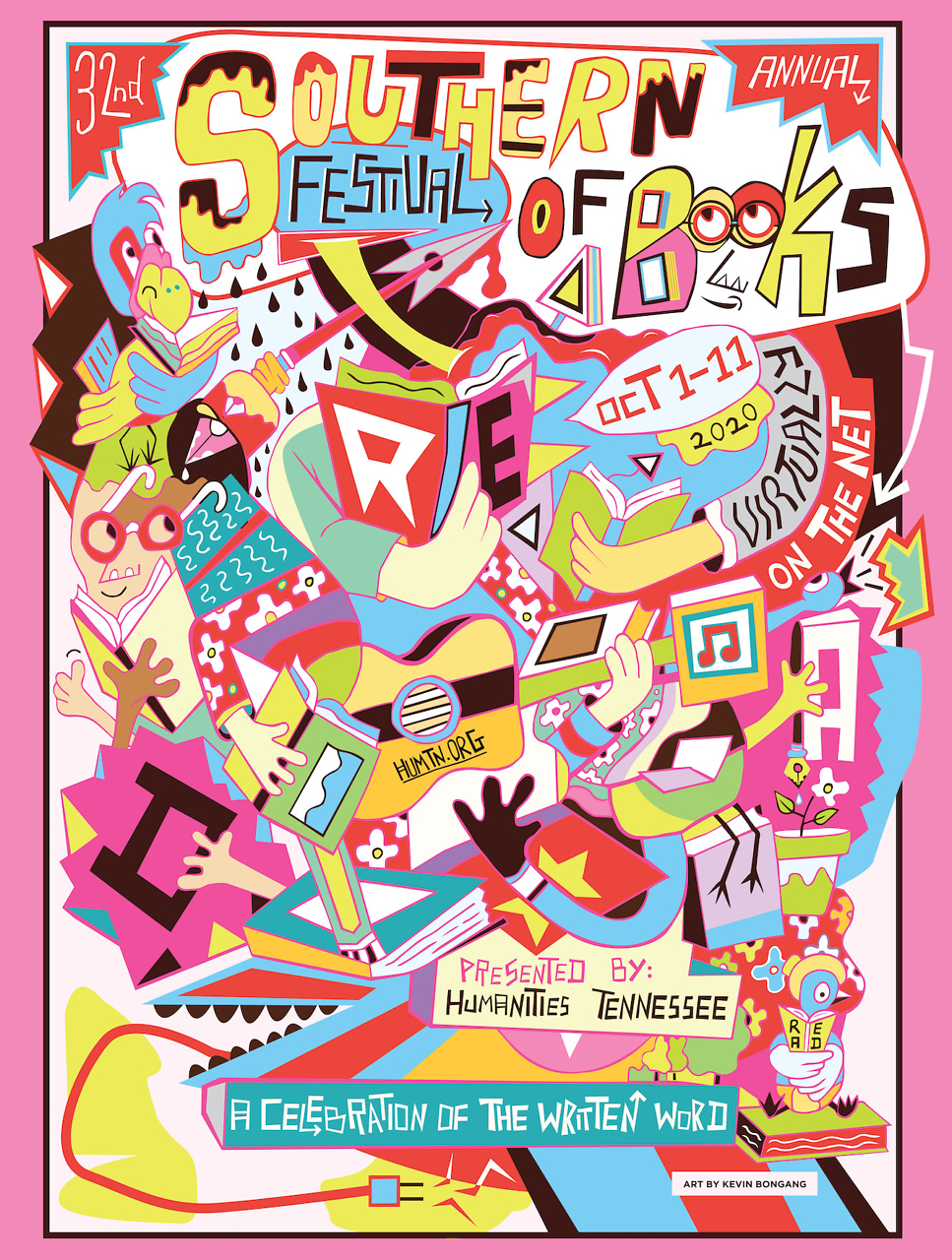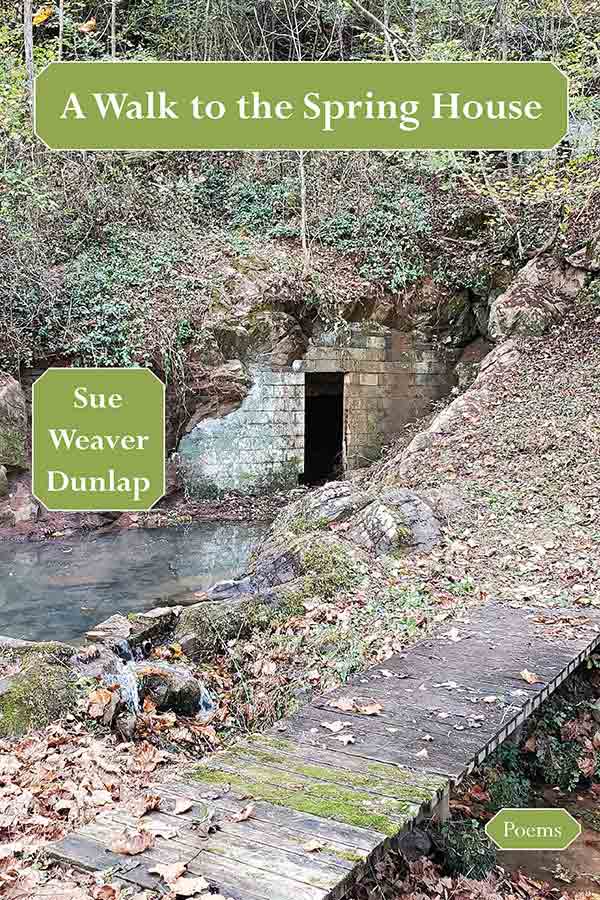Jerry Lee Lewis
Book excerpt: Memphis Rent Party
The odds were long that Jerry Lee would be the last man standing from the Sun Records A-team. But after Johnny Cash died in 2003, no one else was left. Elvis Presley, Carl Perkins, Roy Orbison—the real wild child still reigned.
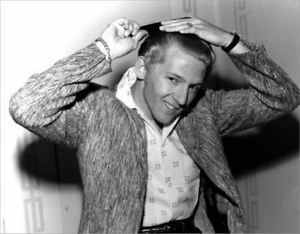 In 2005, I got word that “the Killer” was recording a new album in Memphis. I was friendly with his longtime associate and sometime manager J. W. Whitten. Jerry Lee is always a story, and when I asked about hanging around, J.W. welcomed me to the closed sessions, saying, “Just don’t get in the way.” At a Chicago signing for my Muddy Waters biography, Can’t Be Satisfied, an editor from Playboy introduced himself, said he was a fan, and invited me to write for the magazine. He liked the idea of a story on Jerry Lee.
In 2005, I got word that “the Killer” was recording a new album in Memphis. I was friendly with his longtime associate and sometime manager J. W. Whitten. Jerry Lee is always a story, and when I asked about hanging around, J.W. welcomed me to the closed sessions, saying, “Just don’t get in the way.” At a Chicago signing for my Muddy Waters biography, Can’t Be Satisfied, an editor from Playboy introduced himself, said he was a fan, and invited me to write for the magazine. He liked the idea of a story on Jerry Lee.
I assumed that I’d sit down with Jerry Lee sometime during the latter half of 2005 when I was attending these intermittent recording sessions. J.W. never said no, but neither did he affirm. Gradually, as I watched Jerry Lee in action over an extended period, I realized the access I was getting was full of more truth than any interview would be. You make your story with what you get, and I got all I could ask for.
Last Killer Standing
Playboy, February 2005It’s a December night and despite the chill, Jerry Lee Lewis enters the Sam Phillips Recording Service in Memphis wearing flip-flops, green-and-blue plaid pajama bottoms, and a loose nylon jacket with a casino’s logo on the back. His band, along with the L.A. producer and engineer, have been waiting, and they gather around rock and roll’s original wild child, now seventy years old.
“You seen your mama lately?” Jerry Lee asks Kenny Lovelace, his guitar player of thirty-seven years.
“Was in Louisiana last week,” Kenny says.
“Tell your mama hello.”
Jerry’s in a good mood. Every night is different, and it can change from minute to minute, but this night, there’s a sharpness to his attitude that indicates all is right in his inscrutable world.
Some of the players are sipping beer, some grape soda. The L.A. producer, Jimmy Rip, tells Jerry that the song they cut at the previous session, a rare Jerry Lee original called “Ol’ Glory,” now has harmony vocals on it from country star Toby Keith. Jerry Lee’s in a storytelling mood, and the mention of one country star brings on a story about another. “You remember when old Waylon Jennings loaned me his fiddle?” Everyone nods and says, Yeah, yeah. “He knew my reputation on the piano and Waylon said, ‘I want it back in the same shape you’re getting it.’” Jerry Lee giggles a little, then says he told Waylon, “Or what?” There’s a beat and then everyone laughs, picturing these two music outlaws in a standoff.
But nothing gets past Jerry Lee. He sees everything that happens and senses everything that doesn’t. It’s a good story—told well—but it didn’t get the guffaws he expected, so he rolls on to another, one that conveys both humor and the sense of menacing hostility that always percolates below Jerry Lee’s skin. “You remember that record we cut in London?” Jerry asks Kenny, who played on The Session album. “Had all those people there and that drummer showed up, what’s his name?” The category’s too huge and no one suggests a name. “Played with that English band.” It’s slimmer now, but not by enough. Jerry Lee stammers, how to define him: “Ahh, ahh, played with the Beatles.”
“Ringo,” they all say. Oh that English band. “Yeah, Ringo. We kept him waiting there, and waiting. Not on purpose, but it just happened, until finally he couldn’t get in the room and announced, ‘Y’all can shove this record up your butts,’ and he walked out of there.” This time he gets the laughs. Ringo probably didn’t say y’all, but Jerry Lee sure did, cackling.
Half a century since the sun rose on rock and roll, Elvis and Buddy Holly are dead, Carl Perkins and Johnny Cash are dead. Little Richard is a caricature when he’s not a minister, and Chuck Berry’s going through the motions. Only Jerry Lee Lewis is still rocking.
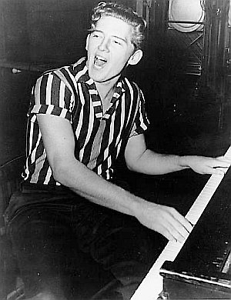 The Killer is the unlikeliest survivor, but dying would have been the easy way out. In 1957, he created rock’s first great scandal—as an incestuous, cradle-robbing bigamist. He was twenty-two, and his wife Myra, his third wife, was thirteen. She was also his cousin. He tried to assuage the outcry by doubting the marriage’s validity, as he had never divorced his first wife. Record sales dried up. Not long past Myra’s sweet sixteen, their three-year-old son drowned in their backyard pool. A decade would pass before the public showed renewed warmth to him, and then only when he remade himself as a country singer. Tragedy stayed twinned to his triumphs; his firstborn from a previous marriage was killed in a single-car wreck in 1973.
The Killer is the unlikeliest survivor, but dying would have been the easy way out. In 1957, he created rock’s first great scandal—as an incestuous, cradle-robbing bigamist. He was twenty-two, and his wife Myra, his third wife, was thirteen. She was also his cousin. He tried to assuage the outcry by doubting the marriage’s validity, as he had never divorced his first wife. Record sales dried up. Not long past Myra’s sweet sixteen, their three-year-old son drowned in their backyard pool. A decade would pass before the public showed renewed warmth to him, and then only when he remade himself as a country singer. Tragedy stayed twinned to his triumphs; his firstborn from a previous marriage was killed in a single-car wreck in 1973.
Lewis is in the midst of divorcing his sixth wife. The onetime Miss Kerrie McCarver, however unhappy, must find relief in being the former and not the late Mrs. Jerry Lee Lewis. After nineteen years of marriage, she’s alive to tell the tale. Wife number five, the twenty-five-year-old Shawn Michelle Stevens, was not so lucky; she was found dead of an apparent drug overdose in the Nesbit, Mississippi, bedroom she’d shared with Jerry Lee for less than four months. Only a year prior, wife number four, Jaren Gunn, had also died—a swimming accident while awaiting a divorce decree. There’ve been fistfights, handguns, shotguns. On a tear in 1976, he accidentally shot his bass player in the chest (not fatally), flipped his car, and waved a handgun outside Graceland when Elvis wouldn’t come out and say hello; the next day, Elvis went to visit Jerry Lee, who was out, and wound up signing autographs on Jerry Lee’s lawn.
Jerry Lee Lewis drank more whiskey, took more pills, and had more car wrecks than most rock bands combined. He’s broken out of hospitals, fled Betty Ford Center treatment, and seen Hollywood make a cartoon of him. Newspapers have had his obituary on file at least since 1986, when he had emergency surgery for a ruptured stomach. Life, it seems, has clung to him, not he to life.
That’s unlike his peer, Elvis Presley. Elvis died like a wimp. Elvis was a girl. Wouldn’t fuck his beautiful wife? Got so fat he had to wear jumpsuits? Sang suck-ass songs like “The Impossible Dream”? And that wore him out at forty-two? “What the shit did Elvis do,” Jerry once said, “except take dope I couldn’t get ahold of?”
Survivors are the real sufferers.
 But here he is, in Memphis, still recording and rocking, looking not half-bad and telling the warm-up stories of a rock and roll legend. Within thirty minutes of walking through the front door, Jerry Lee is down to business, running through tonight’s song, simultaneously simplifying it and making it more complex—Lewis-izing it. It’s a song called “Twilight,” by Robbie Robertson, a founding member of the Band, and the lyrics are about yearning for companionship while seeking the freedom of solitude. Jerry Lee really delivers on the refrain: “Don’t put me in a frame upon the mantel / ’Fore memories turn dusty old and grey.”
But here he is, in Memphis, still recording and rocking, looking not half-bad and telling the warm-up stories of a rock and roll legend. Within thirty minutes of walking through the front door, Jerry Lee is down to business, running through tonight’s song, simultaneously simplifying it and making it more complex—Lewis-izing it. It’s a song called “Twilight,” by Robbie Robertson, a founding member of the Band, and the lyrics are about yearning for companionship while seeking the freedom of solitude. Jerry Lee really delivers on the refrain: “Don’t put me in a frame upon the mantel / ’Fore memories turn dusty old and grey.”
Everyone’s familiar with the song. Now it’s a matter of the band all knowing it the same way, Lewis’s way, because he is one of music’s great interpreters—a “stylist,” he calls it. “There’s only ever been four stylists,” he’s famously stated. “Jerry Lee Lewis, Hank Williams, Al Jolson, and Jimmie Rodgers.” You can count the songs Lewis has written on one hand, but none of the hundreds of songs he’s recorded can be imitated. “Twilight” is about to metamorphose wildly.
Seated behind the piano, fooling with the progression of the song, he says to himself more than to anyone in particular, “This song’s got a lot of chords in it.” He begins the process with a sincere respect for the composer’s intentions. It’s just that Jerry’s ideas are better. “We got to play ’em. I don’t know ’em.”
The bass player pipes up. “I know ’em.”
“Show ’em to me.”
“Would you take offense?”
“C’mon.”
B.B. Cunningham strolls over to the piano. Cartoonist R. Crumb couldn’t have drawn B.B. better. He has a long, narrow face, its verticality emphasized by the ponytail that hangs to the middle of his back. His eyebrows can knit like a granny’s sewing needles, a worried look that appears when he smiles, which is often. B.B.’s father was a Sun recording artist, and in 1967, B.B.’s band the Hombres had a top-twenty hit with “Let It All Hang Out.” He first played with Jerry Lee in 1961, worked with George Clinton and Chuck Berry, and rejoined Jerry in 1997.
At the piano, B.B. runs down the chords. Jerry Lee watches, then does it himself. B.B. makes a correction near the end of the run. Jerry Lee gets it right, then states, flatly, “I don’t like it.”
“Look,” says B.B., “you can do it like this.” He runs through the chords with a variation.
“I don’t like that either.” Then Jerry’s talking just to B.B. He says, his voice low, “When I was thirteen years old, my piano teacher showed me a song. He was sitting right next to me like you are. When he got through with it, I said, ‘Wouldn’t it sound better like this?’ And reached in front of him and played my way. And the guy slapped me in the face.”
“I bet that got your attention.”
“It did more than that,” Jerry answered. “Since then I haven’t been able to learn anything from anybody. That was my last lesson. Get up and play your bass, B.B.” Jerry turns to the studio’s control room and says, “Maybe you should put one of those little things on there, ahh, ahh, what do you call them?”
“CDs,” says J. W. Whitten, Jerry Lee’s road manager, right-hand man, and mind reader.
“Yeah, play the CD.” He wants to hear the “Twilight” original again.
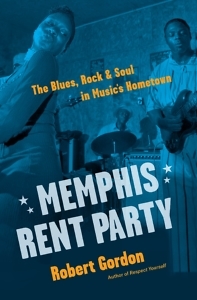 As B.B. returns to his position, he mutters, “I never thought I’d do that in my life, show Jerry Lee something on the piano.” (Actually, B.B. had done it once before, forty-two years ago, in 1962, at Jerry’s home when he was a guitar player in the band. He’d told him that to make a major chord into a minor chord on the piano, he had to change only one finger. Jerry Lee didn’t believe him, didn’t like the notion at all, and he chased B.B. out of the room and out the front door.)
As B.B. returns to his position, he mutters, “I never thought I’d do that in my life, show Jerry Lee something on the piano.” (Actually, B.B. had done it once before, forty-two years ago, in 1962, at Jerry’s home when he was a guitar player in the band. He’d told him that to make a major chord into a minor chord on the piano, he had to change only one finger. Jerry Lee didn’t believe him, didn’t like the notion at all, and he chased B.B. out of the room and out the front door.)
The song’s rhythm evolves as Jerry begins playing. Producer Jimmy Rip, whose roots are in Texas and who evokes a beatnik cowboy, plays guitar. He says to the others, “He’s putting a shuffle in it.” The band feels their way and the song begins to sway. Jerry Lee’s singing, “It never crossed my mind / What’s right and what’s not,” and a yip and yodel creep into his voice. Rip and Kenny Lovelace glance at each other and laugh. On music stands before them, there’s a string of chords written out, but Jerry has simplified the song, each slew of chords summarized and expressed in the sweep of a single chord—not just that chord, but the space between that one and ones on either side of it. What’s not played is creating feeling, room for Jerry Lee Lewis to make “Twilight” his own.
“We got to come to some sort of collusion here about how we’re going to end,” says Jerry Lee. “It’s hard to end that song, it’s so pretty.”
Jimmy Rip answers with understated praise, “I love what you did to it.” Then he adds, “It’s a thrill to me giving you these songs and hearing what you give back. It’s always better.”
“If you hear something wrong,” Jerry Lee answers, “don’t hesitate to tell me so I can kill you.”
 Copyright (c) 2018 by Robert Gordon. All rights reserved. Gordon has been writing about Memphis music and history for thirty years and is the author of It Came from Memphis, Can’t Be Satisfied, The King on the Road, The Elvis Treasures, and Respect Yourself. He won a Grammy in 2011 for his liner notes to the Big Star box set Keep an Eye on the Sky. His film work includes producing and directing the documentary Respect Yourself: The Stax Records Story and the Emmy-winning Best of Enemies. Gordon lives in Memphis.
Copyright (c) 2018 by Robert Gordon. All rights reserved. Gordon has been writing about Memphis music and history for thirty years and is the author of It Came from Memphis, Can’t Be Satisfied, The King on the Road, The Elvis Treasures, and Respect Yourself. He won a Grammy in 2011 for his liner notes to the Big Star box set Keep an Eye on the Sky. His film work includes producing and directing the documentary Respect Yourself: The Stax Records Story and the Emmy-winning Best of Enemies. Gordon lives in Memphis.
